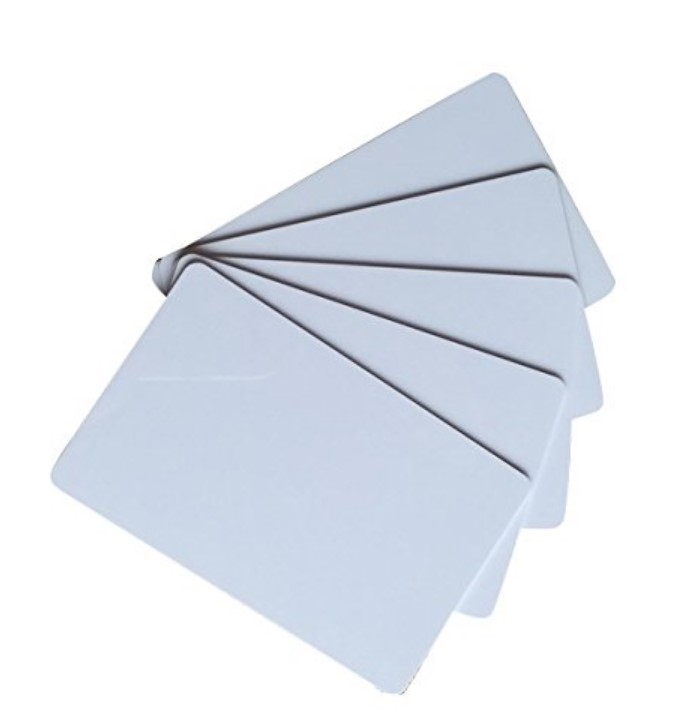
Have you ever wondered how some cards can be read by machines without having to swipe them? Well, those are called RFID cards, and they're pretty cool! RFID stands for Radio Frequency Identification, and it's a technology that allows information to be transmitted wirelessly between a card and a reader.
But did you know that there are different types of RFID cards? One special kind is called a dual frequency RFID card. Let's learn more about what they are and where they're used!
A dual frequency RFID card is a special kind of card that can communicate with readers using two different radio frequencies. Most regular RFID cards use only one frequency, but dual frequency cards can switch between two frequencies, making them more versatile and useful in different situations.
Think of it like having a walkie-talkie that can switch between two different channels. If one channel gets too crowded or has interference, you can switch to the other channel to communicate more clearly.
Dual frequency RFID cards have tiny computer chips and antennas inside them that can send and receive radio waves at two different frequencies. When the card is near a reader, the reader sends out radio waves at one of the frequencies. The card's chip picks up these waves and uses them to power itself up.
Once the card is powered up, it can communicate with the reader by sending back its own radio waves at the same frequency or switching to the other frequency if needed. The reader then picks up these waves and reads the information stored on the card's chip.
It's like having a secret language that only the card and the reader understand!
Dual frequency RFID cards are used in many different places and for various purposes. Here are a few examples:
Access Control: These cards are often used as secure access cards to enter buildings, rooms, or restricted areas. They can be read at both low and high frequencies, depending on the reader's capabilities.
Transportation: Some public transportation systems use dual frequency RFID cards for ticketing and payment. The cards can be read at different frequencies by different types of readers, making them convenient for passengers.
Healthcare: In hospitals and medical facilities, dual frequency RFID cards can be used to identify patients, track equipment, and monitor medication. The different frequencies ensure reliable communication in various environments.
Supply Chain Management: Companies can use dual frequency RFID cards to track their products and inventory as they move through the supply chain. The cards can be read at different frequencies by different readers, providing more flexibility.
Loyalty Programs: Some businesses use dual frequency RFID cards for customer loyalty programs. The cards can store information about the customer's purchases and rewards, and be read at different frequencies by various readers.
So, the next time you use a card that doesn't need to be swiped, remember that it might be a dual frequency RFID card.